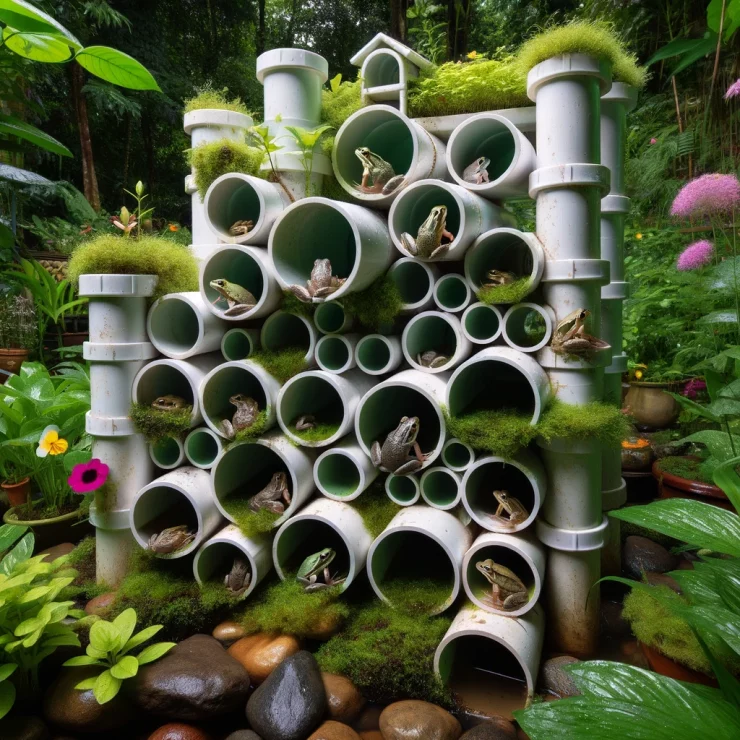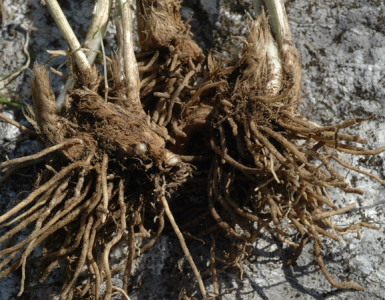Gardening enthusiasts understand the importance of fostering biodiversity in their outdoor spaces. While flowers and vegetables may be the primary focus, integrating habitats for other creatures can enhance the ecosystem and contribute to a healthier environment. One of the most beneficial additions to any garden is a frog pond or a frog hotel. These structures not only attract and support local frog populations but also offer various ecological benefits such as pest control and nutrient cycling. In this article, we will explore the steps to create a frog pond or a frog hotel, providing valuable insights into transforming your garden into a haven for these amphibious creatures.
Why Frogs Are Important for Your Garden:
Before delving into the creation process, it’s essential to understand why frogs are beneficial for your garden. Frogs are natural predators of insects, including mosquitoes, flies, and garden pests like slugs and snails. By introducing frogs into your garden ecosystem, you can naturally manage pest populations without relying on harmful chemicals. Additionally, frogs play a crucial role in nutrient cycling by consuming organic matter and recycling nutrients back into the soil. Their presence indicates a healthy and balanced environment, contributing to overall biodiversity and ecosystem resilience.
Creating a Frog Pond:
A frog pond is a water feature specifically designed to attract and accommodate frog populations. Here’s how you can create one in your garden:
Select a Suitable Location: Choose a spot in your garden that receives partial sunlight and has a natural slope. Avoid areas prone to runoff or contamination from pesticides and fertilizers.
Dig the Pond: Use a shovel or a small excavator to dig the pond according to your desired size and shape. Ensure that the pond has varying depths to accommodate different frog species and provide hiding spots.
Line the Pond: Once the hole is dug, line the pond with a durable pond liner to prevent water seepage. Ensure that the liner overlaps the edges of the pond to create a secure barrier.
Add Water and Rocks: Fill the pond with water, preferably using rainwater or dechlorinated tap water. Introduce rocks and aquatic plants around the edges to create a natural habitat for frogs and other wildlife.
Monitor Water Quality: Regularly monitor the water quality of the pond to ensure optimal conditions for frogs. Keep the water free from pollutants and maintain appropriate levels of oxygen and pH.
Creating a Frog Hotel:
If space or resources are limited, you can still support frog populations in your garden by building a frog hotel. Here’s how to create one:
Gather Materials: You’ll need a few simple materials to construct a frog hotel, including terracotta pots, stones, and moisture-retaining materials like moss or damp soil.
Stack the Pots: Arrange the terracotta pots in a stack, placing larger pots at the bottom and smaller pots on top. Leave gaps between the pots to create hiding spots for frogs.
Create Hiding Places: Fill the gaps between pots with stones, moss, or damp soil to provide hiding places for frogs. Ensure that the structure is stable and secure.
Place the Frog Hotel: Position the frog hotel in a shaded area of your garden, preferably near vegetation or water sources. Monitor the hotel regularly for frog activity and make adjustments as needed.
Creating a frog pond or a frog hotel in your garden can significantly enhance its ecological value while providing a habitat for these fascinating amphibians. By following the steps outlined in this article, you can take proactive steps to support local frog populations and promote biodiversity in your outdoor space. Whether you have a sprawling garden or a small urban oasis, incorporating frog-friendly features can make a significant difference in the health and vitality of your garden ecosystem. So why wait? Start building your frog pond or frog hotel today and reap the rewards of a thriving garden filled with life and diversity.






Add comment